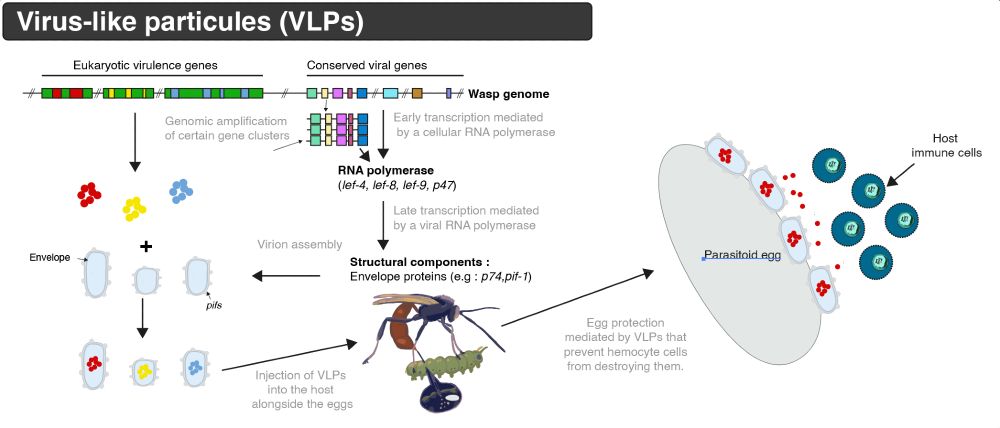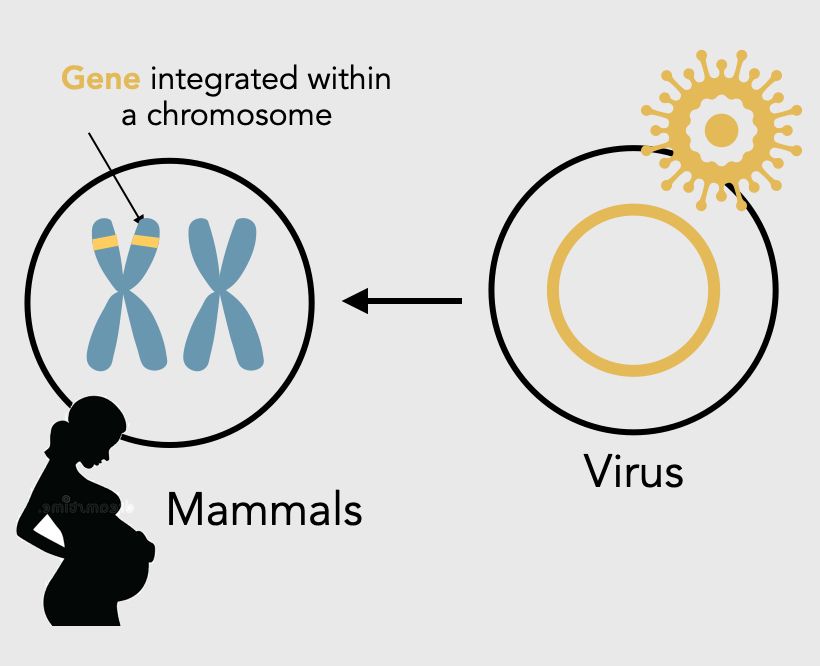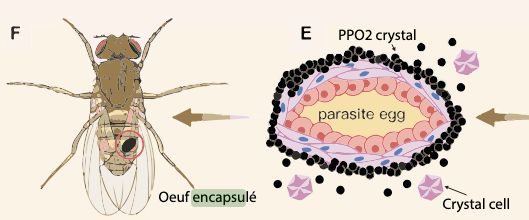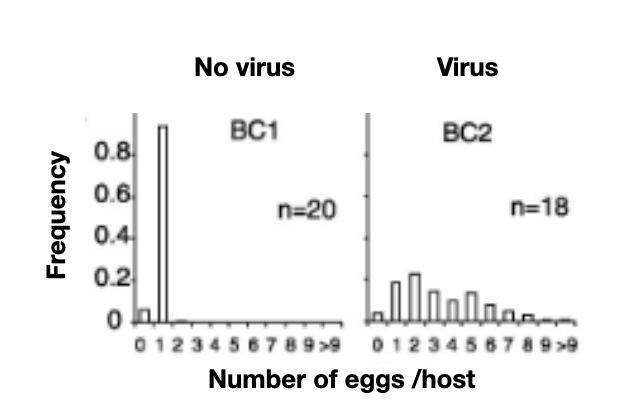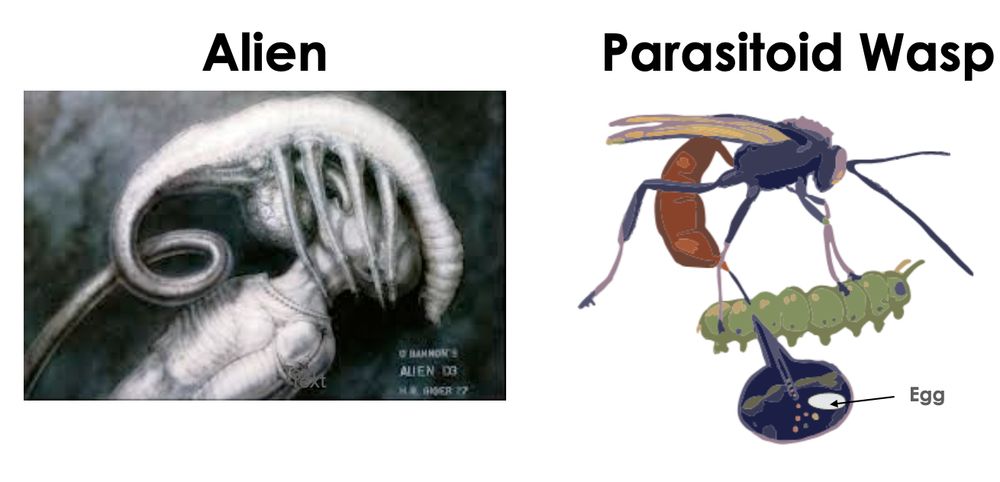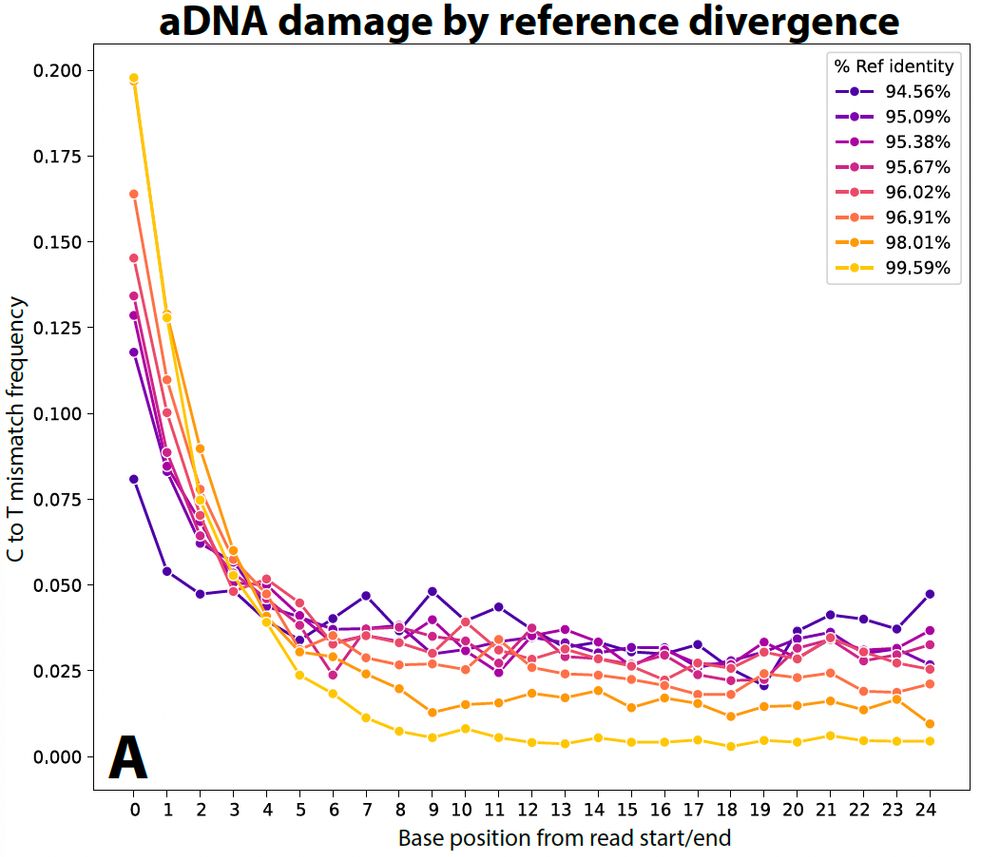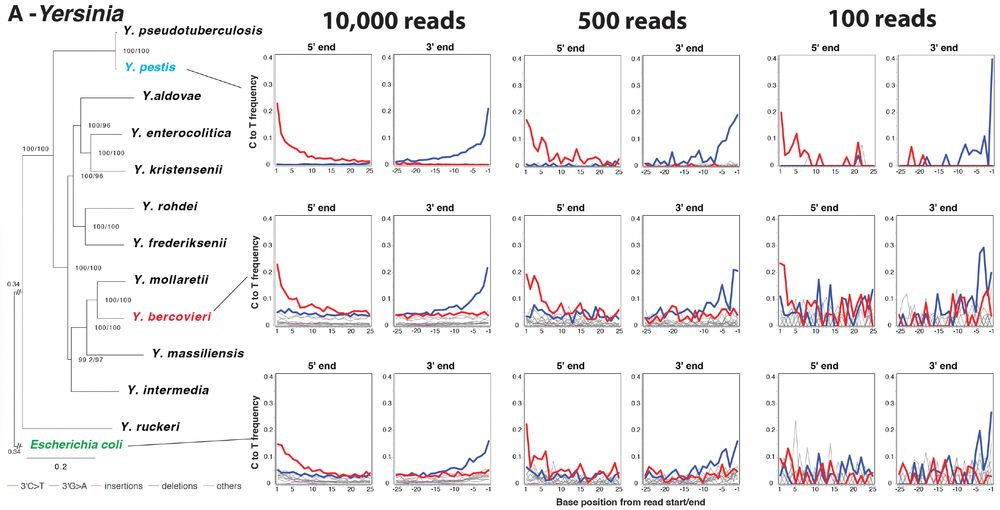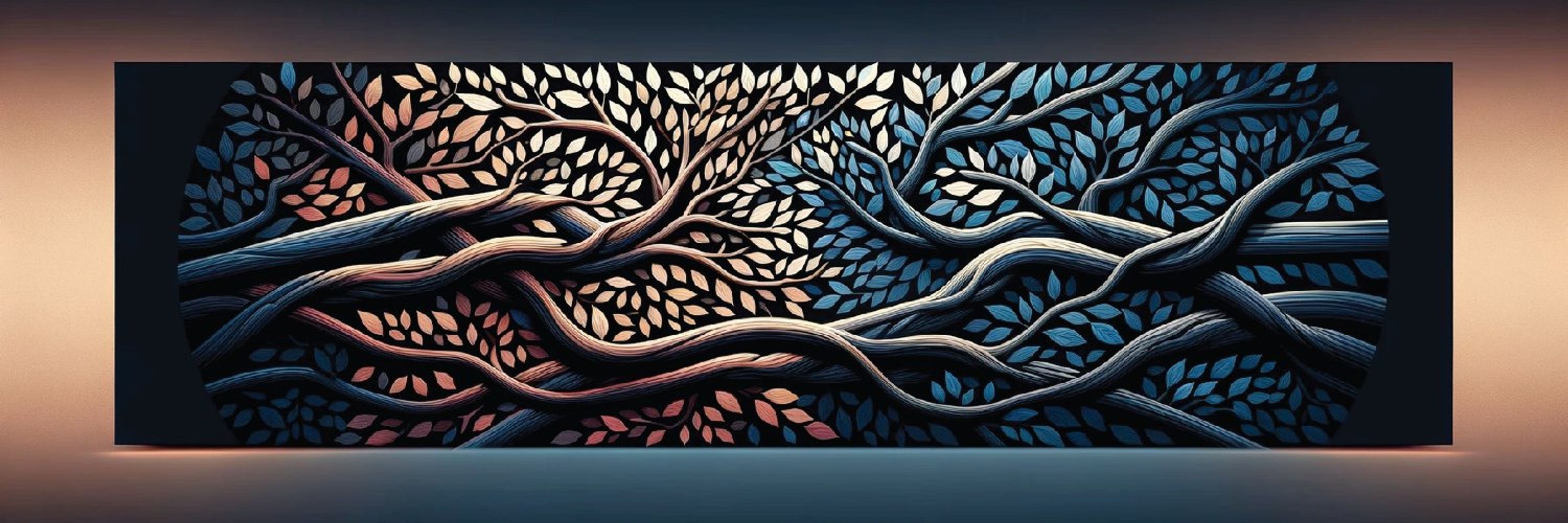
Together, these findings pave the way for exploring the microbiota of extinct species and offer deeper insights into the dynamics of their microbial ecosystems, contributing to a broader understanding of the biology of species that are no longer with us.
#Mammoths #aDNA #Paleomicrobiology #Cell

Together, these findings pave the way for exploring the microbiota of extinct species and offer deeper insights into the dynamics of their microbial ecosystems, contributing to a broader understanding of the biology of species that are no longer with us.
#Mammoths #aDNA #Paleomicrobiology #Cell
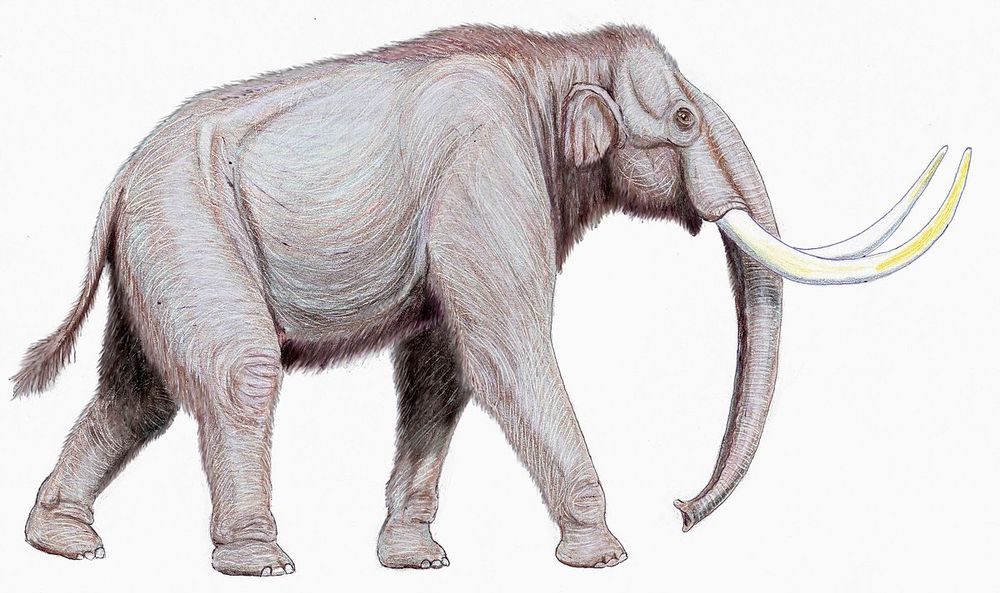
𝘗𝘢𝘴𝘵𝘦𝘶𝘳𝘦𝘭𝘭𝘢 → closely related to the strain behind fatal septicemia in Zimbabwe elephants (2020). It may have caused similar disease in mammoths, even if this cannot be established with certainty.

𝘗𝘢𝘴𝘵𝘦𝘶𝘳𝘦𝘭𝘭𝘢 → closely related to the strain behind fatal septicemia in Zimbabwe elephants (2020). It may have caused similar disease in mammoths, even if this cannot be established with certainty.
• 𝘚𝘵𝘳𝘦𝘱𝘵𝘰𝘤𝘰𝘤𝘤𝘶𝘴 → oral microbe related to modern strains causing cavities in many other animals 🪥
• 𝘈𝘤𝘵𝘪𝘯𝘰𝘣𝘢𝘤𝘪𝘭𝘭𝘶𝘴 → probably from an oral bacteria found in 9 woolly mammoths, showing lineage continuity from the Late Pleistocene to Wrangel Island extinction ⌛

• 𝘚𝘵𝘳𝘦𝘱𝘵𝘰𝘤𝘰𝘤𝘤𝘶𝘴 → oral microbe related to modern strains causing cavities in many other animals 🪥
• 𝘈𝘤𝘵𝘪𝘯𝘰𝘣𝘢𝘤𝘪𝘭𝘭𝘶𝘴 → probably from an oral bacteria found in 9 woolly mammoths, showing lineage continuity from the Late Pleistocene to Wrangel Island extinction ⌛
• Compared sequences with soil and lab contaminants
• Checked for signs of ancient DNA degradation
• Used phylogeny to trace evolutionary relationships compared to other animal bacteria.
This let us focus on microbes truly associated with living mammoths.
What did we found ? ⬇️

• Compared sequences with soil and lab contaminants
• Checked for signs of ancient DNA degradation
• Used phylogeny to trace evolutionary relationships compared to other animal bacteria.
This let us focus on microbes truly associated with living mammoths.
What did we found ? ⬇️
We analyzed 483 mammoth specimens from North America and Britain to Siberia, and date from the Early Pleistocene — around one million years ago — to the extinction of the last mammoths on Wrangel Island (a remote island off the coast of Siberia) during the Holocene, 4,000 years ago.

We analyzed 483 mammoth specimens from North America and Britain to Siberia, and date from the Early Pleistocene — around one million years ago — to the extinction of the last mammoths on Wrangel Island (a remote island off the coast of Siberia) during the Holocene, 4,000 years ago.
Thousands of years ago, mammoths roamed, and so did their fascinating microbial companions. Our latest study, published in 𝘊𝘦𝘭𝘭, brings them to light 🦣🦠🧬
Read the full paper here 👉 doi.org/10.1016/j.ce...

Thousands of years ago, mammoths roamed, and so did their fascinating microbial companions. Our latest study, published in 𝘊𝘦𝘭𝘭, brings them to light 🦣🦠🧬
Read the full paper here 👉 doi.org/10.1016/j.ce...
